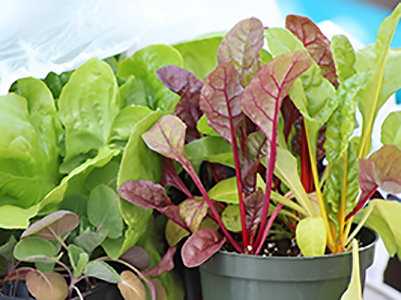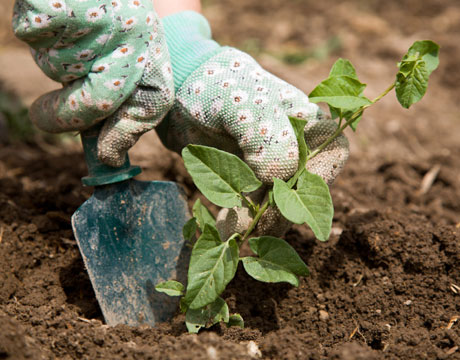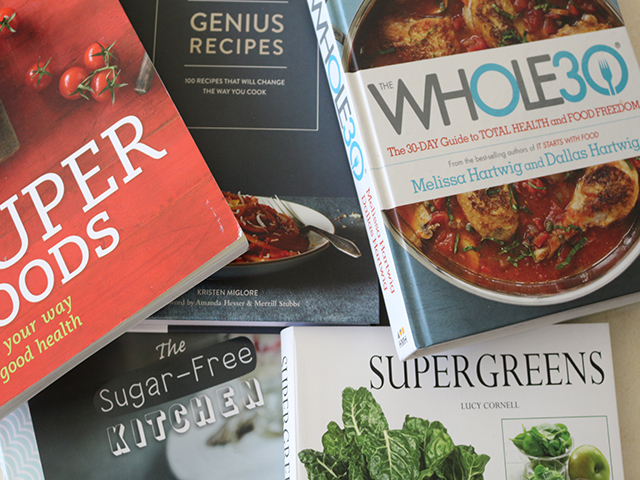Growing up I hated vegetables with a passion. The only vegetable besides corn and potatoes I ate were cucumbers. Today I have a huge palate for many vegetables but I always grow the ones I have more of an affinity towards! These are the ones I am most likely to purchase at the farmer’s market or supermarket when I go. Along with growing what I love to eat, I grow what is not so hard to grow either.
The first time I grew cabbage I was a little upset because only leaves came up and it never formed. Little did I know the next year, it bloomed into a huge head of cabbage!! It certainly wasn’t hard to grow, it just took a little longer than I anticipated. Food that’s super easy to grow, in no particular order, are :
- Collard Greens
- Kale
- Tomatoes
- Cabbage
- Swiss Chard
- Leaf Lettuce
- Cucumbers
- String Beans
- Bell Peppers
- Zucchini
- Hot Peppers
- Tomatoes
- Herbs (Basil, Oregano, Chives, Mint, etc.)
A New Garden Begins With Seeds, Soil, and Sunshine
If you are new to gardening, it is very important to start of with a small space in an area that receives at least 8 hours of sunlight per day. Choose a small space at first because you don’t want to become overwhelmed and frustrated trying to grow a large garden. Start with a garden about 10’x16′ or smaller. Decide whether you want to have a raised garden, in ground garden or mix either with pots. I personally have a small patch for my vegetables and put my herbs and lettuce in pots. You want to make sure that your ground soil in your new garden area is clean and ready for the season. To do this you want to cultivate the soil and weed it. Weeding your soil is best done by hand. Using weed killer products defeats the purpose of growing your own food. This is where children come in handy if you have some. Many don’t mind getting their hands dirty. Make sure you get the root of the weed so you don’t have an infestation of weeds throughout the season.
Choose whether you want to plant seeds or already sprouted plants. I purchase both from my local farmer’s market. When I start my garden earlier in the year, I use seeds and a starter kit and place it in my window sill. But this year, I’m a little behind my normal schedule, so some seeds are in my window sill and the plants I’ve already bought or will purchase in the near future.
Your Basic Gardening Tools
You have to be able to tend to your garden. Without the basic gardening tools, you will have a hard time! That is where these items come in handy.
- Cultivator – a long handled tool with 3 angled prongs used to break down large clods of earth when preparing garden beds If you have a large plot it may be worth investing in a mechanical cultivator. Also available in a handheld size for smaller areas.
- Draw Hoe – a long handled tool used for weeding using a chopping action and for drawing up soil around plants “earthing up”. You can get also double hoes which incorporate a draw hoe and cultivator in one. Also available in a handheld size for smaller areas.
- Garden Fork – a long handled fork which has 4-5 rounded prongs or tines used for digging soil in situations where using a spade may be difficult and also for turning the soil over to make it more workable. Also available in a handheld size for smaller areas.
- Garden Stakes and Twine – used for supporting tomatoes and other young fruit trees.
- Gardening Gloves – help to protect your hands during the gardening process.
- Kneeling Pads – protects your knees whilst kneeling. Simple pads also available.
- Rake – a long handled tool used to create a fine tilth for a seed bed, to level it out and to gather up surface stones: not to be confused with a leaf rake which has little use when growing crops. Also available in a handheld size for smaller areas.
- Spade/Shovel – a long handled tool traditionally used for digging, shoveling soil and compost. They are available in various sizes and can often be bought as a set together with a garden fork. Also available in a handheld size for smaller areas.
- Water Hose and Sprinkler – used to water large areas
- Watering Cans – used to water potted plant and smaller areas
- Wheel Barrow – used for carrying heavy equipment and moving waste
Your garden will be fabulous once you get your hands dirty and get in it!!






0 Comments